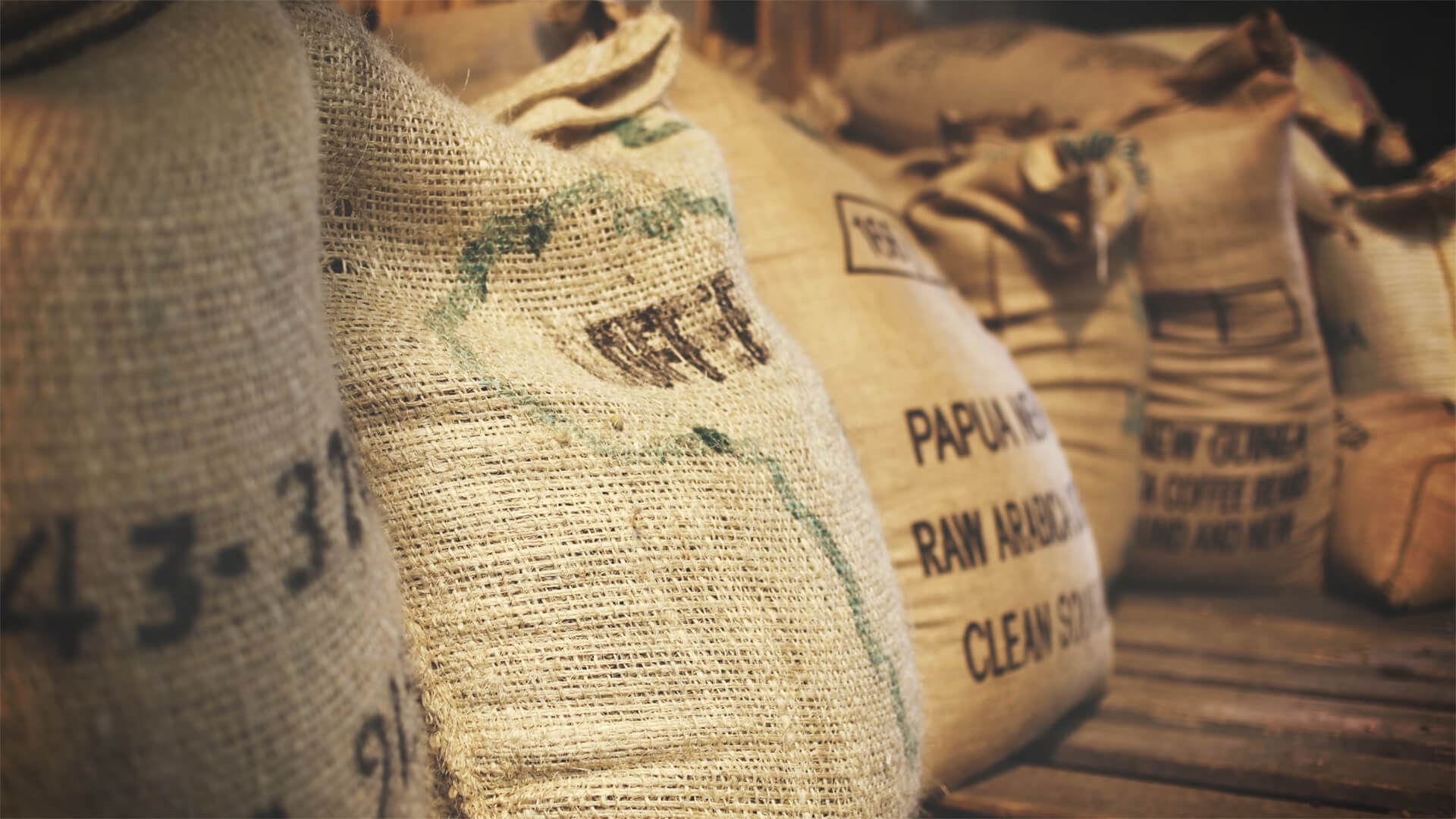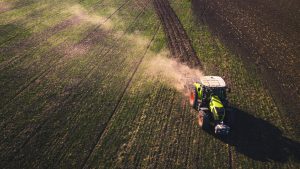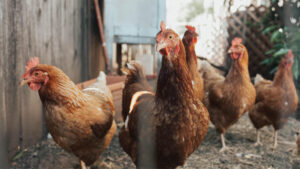Globalization has allowed us (meaning humans as a species) to make some of the worst lands farmable, inhabitable, and even prosperous. But what happens to global food exports when globalization ends?
There are five requirements to sustain successful agricultural exports in a deglobalized world: productive arable land, petroleum for fuel, and three essential fertilizers (potash, phosphate, and nitrogen). If a country doesn’t have access to one these, they might be SOL.
North America is the big winner here, specifically the US and Canada which have almost everything right at hand. Other regions that top the list are Argentina, New Zealand, Australia and South Africa, although these countries may struggle with fuel supplies. Brazilian agriculture will suffer due to poor land quality and heavy reliance on fertilizers coming from China and the former Soviet Union (which are likely to destabilize). Any of those specialty crop producers, especially those in the California’s Central Valley, will likely have to pivot business models due to shrinking markets, high costs, and dependency on Chinese markets.
Deglobalization could cause a potential drop in calorie production by a third and the fallout would be devastating. We’re talking widespread food shortages and catastrophic levels of starvation.
Here at Zeihan On Geopolitics we select a single charity to sponsor. We have two criteria:
First, we look across the world and use our skill sets to identify where the needs are most acute. Second, we look for an institution with preexisting networks for both materials gathering and aid distribution. That way we know every cent of our donation is not simply going directly to where help is needed most, but our donations serve as a force multiplier for a system already in existence. Then we give what we can.
Today, our chosen charity is a group called Medshare, which provides emergency medical services to communities in need, with a very heavy emphasis on locations facing acute crises. Medshare operates right in the thick of it. Until future notice, every cent we earn from every book we sell in every format through every retailer is going to Medshare’s Ukraine fund.
And then there’s you.
Our newsletters and videologues are not only free, they will always be free. We also will never share your contact information with anyone. All we ask is that if you find one of our releases in any way useful, that you make a donation to Medshare. Over one third of Ukraine’s pre-war population has either been forced from their homes, kidnapped and shipped to Russia, or is trying to survive in occupied lands. This is our way to help who we can. Please, join us.
Transcript
Hey everybody, Peter Zeihan here, coming to you from central Yosemite. I’m standing by another mountain lake, which, being unnamed, is now officially called Peter’s Other Lake! And it even has a beach—pretty cool, right?
Anyway, today we’re diving into another question from the Ask Peter forum: what’s going to happen to global agricultural exports in a post-globalized world? Short answer—nothing good.
To sustain agricultural exports, you need five key things:
Arable Land: You’ve got to have a lot of productive land.
Petroleum: Agriculture on a large scale relies heavily on internal combustion engines. There’s talk of electric tractors, but the technology isn’t there yet. Their charge doesn’t last long enough, and they don’t have the power to do meaningful work. So, unless you’re talking about a small electric cart for something like apple picking, we won’t see electric solutions this decade, probably not even next.
Fertilizer: Fertilizer comes in three parts—potash (potassium), phosphate, and nitrogen (usually derived from natural gas). These are sourced from different parts of the world. For instance, about half of the world’s phosphate exports come from China, and that’s already problematic since China might face disintegration. Worse yet, those phosphate deposits are in interior regions prone to secession. So, say goodbye to that supply. Potash is mostly found in Belarus and Russia, but thank goodness for Saskatchewan in Canada. As for nitrogen, which is made from natural gas, it’s more widespread, with the U.S. being the top producer.
Without access to all these elements, growing food at scale becomes much harder. In a post-globalized world, the number of places that can sustain agricultural exports shrinks significantly.
At the top of that list is North America, particularly the U.S. and Canada. Saskatchewan has potash covered, the U.S. has plenty of nitrogen, and both countries boast some of the best farmland in the world. For phosphate, once you move away from China, you’ve got options like Morocco, Israel, Saudi Arabia, and even Florida.
Other regions in decent shape include Argentina, which has highly productive land, and South Africa, New Zealand, and Australia. While these countries, with the exception of Argentina, can’t produce their own fuel, they are outside major conflict zones. So, if there’s fuel and fertilizer available for trade, these are likely destinations, as they can pay in hard currency.
Brazil, however, is in trouble. It has some of the worst land quality globally and is the largest importer of fertilizer, relying heavily on China and the former Soviet Union. Brazil’s status as an agricultural powerhouse isn’t over yet, but you can see the sunset from here. Parts of southern Brazil near Argentina may fare better, but the explosive growth we’ve seen in soy production is temporary.
In the Old World, France stands out. Like Argentina, France has excellent farmland. It’s also far enough from conflict zones to remain relatively safe and close enough to the North Sea for natural gas. If there’s any international trade left, France is one of the few nations with a capable navy to secure its sea lanes.
But that’s still not enough. We’re looking at global calorie production potentially dropping by a third. And that means a lot of starvation.
Now, beyond staple crops like wheat, rice, corn, and soy, there’s also a thriving trade in specialty crops—cherries, apples, alfalfa, and more. In a post-globalized world, many countries will lose the ability to pay for these. If China is your primary customer, it’s time to look for a new market. The country that should be most concerned about this is the U.S., particularly California’s Central Valley. This area has extremely high production costs due to strict regulations and its desert-like conditions, which make input costs (water, for example) sky-high. It’s not naturally fertile land.
As long as inputs are cheap and China is willing to pay top dollar because they’re price-insensitive, this business model works. But that’s not going to be the reality much longer. So, check your specialty crops, see where they’re being sold, and figure out if those markets will hold up as globalization breaks down. If not, you’ll need to either switch markets or find a new crop.
Alright, that’s it for me. See you next time!








